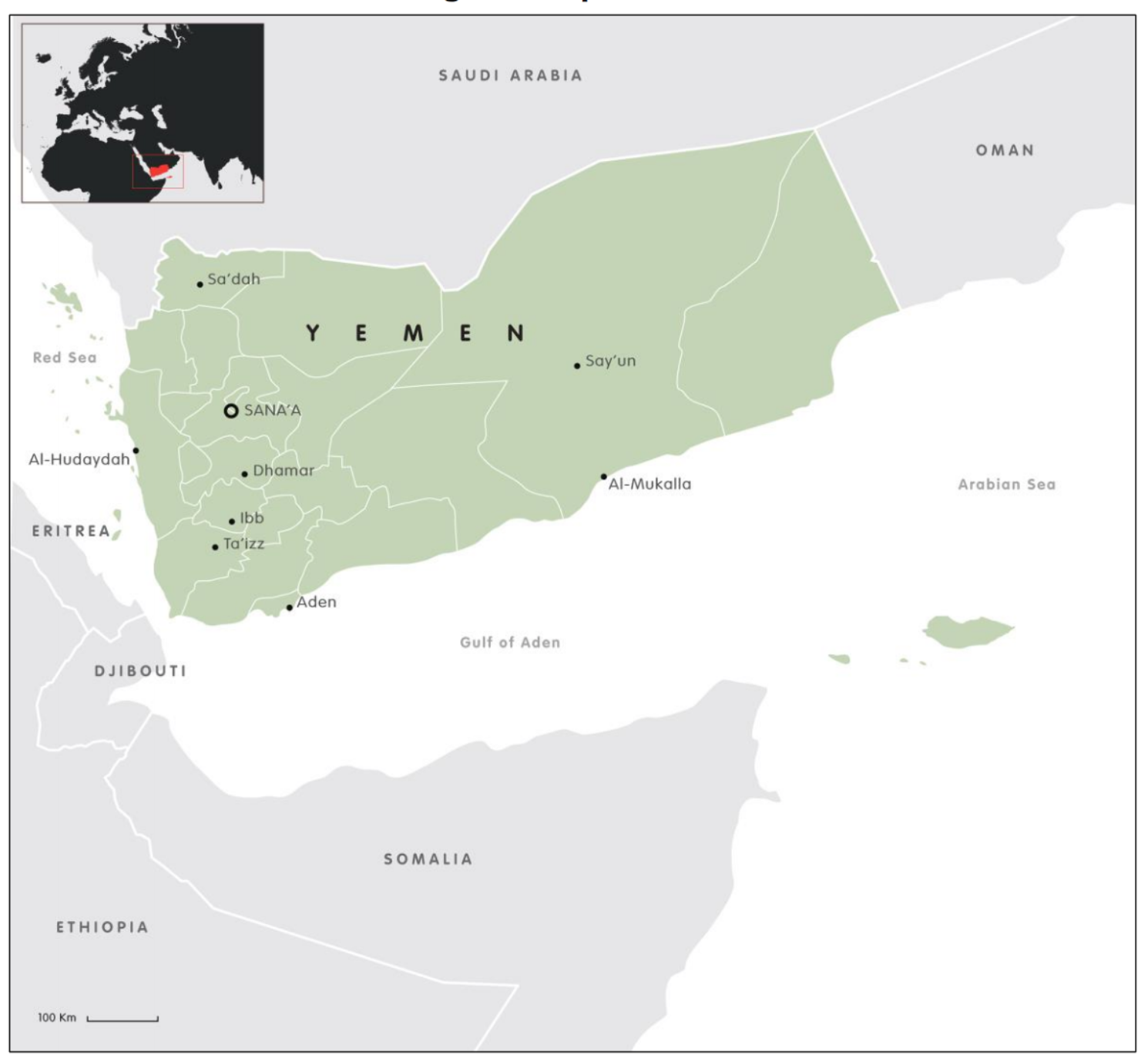
Iranian leaders are gaining leverage and advantage over Saudi Arabia and its allies as the conflict in Yemen drags on, a leading expert in Middle East security issues said Thursday.
Tehran has spent “a pittance” in support of the Houthis while the Saudis with American intelligence and support for its fighter and strike aircraft and ground forces have spent $50 billion since 2015 trying to defeat them, Bruce Riedel said at the Brookings Institution in Washington, D.C.
Iran has used Hezbollah, its proxy based in Lebanon, to fight alongside the Houthis, whom he described as “ruthless thugs” and some financing to buy arms. Tehran also provided the expertise to finish ballistic missile construction the Houthis have used to attack Saudi capital Riyadh and targets in the United Arab Emirates.
“I think Iran has been telling the Houthis to fight to the last Houthi, to fight to the last Yemeni,” he added. Fatima Abo Alasrar, senior analyst for the Arabia Foundation, added, for Iran, “It’s the card they played,” knowing the Houthis had no political allies in Yemen but a fierce determination to fight for control of the country. The Iranians see the civil war as a way “to antagonize Saudi Arabia” because it is being waged on its borders and “exhaust it.”
“The war was supposed to be ‘Decisive Storm'” and was led by Saudi Crown Prince Mohammed bin Salman, Riedel noted. “His prestige is linked to the war and is now tied up into what happened to Jamal Khasoggi,” a Washington Post contributing columnist and Saudi national who was murdered in its consulate in Istanbul.
As the fighting stalled, the crown prince pulled back from publicly being associated with what was happening Yemen, Riedel said.
But while the original coalition of nine Middle Eastern and African nations arrayed against the Houthis, which had seized 90 percent of Yemen, succeeded in rolling back their hold on territory, it was not able to put an end to the rebellion that toppled the Yemeni government.
Alasar and Dafna Rand, vice president for policy and research at Mercy Corps, pointed out that the Houthis fell back into Yemen’s largest population centers, meaning civilian casualties would rise if they were attacked there.
“There never was a thoughtful discussion … on targeting,” Rand said.
The result has been the imposition of authoritarian, police state rule in the territory held by the Houthis, Alasar added. In some cases, this meant dragooning youths 15 and under into fighting units. On a larger scale, “the biggest source of employment in Yemen now” is fighting on the side of the Houthis or the coalition to earn money to buy food.
Inflation is skyrocketing, the panelists said, making food more expensive even where it is available.
“No one [country] is interested in economic development” until the war ends, she added.
The U.N. estimates that 14 million Yemenis are in near famine conditions. If fighting continues into next year, the estimate rises to between 18 million and 19 million. Although Yemen geographically is a very large country, most of it is desert and its population is estimated to be about 28 million.
Rand said complicating matters has been the closing of roads to send food and medical supplies to areas, often under Houthi control. Port facilities are unable to quickly disperse cargo and danger of an attack on airfields has limited their usefulness.
Alasrar added the Houthis conducted “one of the biggest landmine operations since World War II” to slow coalition ground forces, making surface transportation exceedingly dangerous.
“The issue is the access,” Rand said in distributing relief over so large a country.
The continued coalition air strikes are resulting in thousands of civilian casualties, destruction of hospitals and food depots has been condemned by U.N. investigators as possible war crimes.
“The Saudis have become the bad guys” in the eyes of the many nations because of these air strikes. The strikes are viewed inside and outside Yemen as causing the widespread hunger and privation, spreading disease like cholera and displacement of hundreds of thousands of families caught up in the fighting.
The Houthis are succeeding in portraying themselves as national heroes to the Yemeni and the conflict as one where “the foreigner attacks us.”
Riedel said the Trump administration looks at the civil war in Yemen as “damaging and crippling to Iran” and has continued to keep the logistical chain open from “tires to spare parts” to keep Saudi aircraft flying. So has the United Kingdom, Saudi Arabia’s second largest arms supplier.
On the other hand, he added, “I think [the Iranians] think the end is in sight” in the 2020 elections. Or possibly occur earlier through congressional action cutting the logistical chain to the Saudi and coalition air forces. He and the other panelists said another way Congress could bring about negotiations, if not an end to the fighting and famine, says the Authorization for the Use of Military Force against Al Qaeda does not apply in a civil war.
Saudi Arabia is the United States oldest ally in the Middle East, a relationship that dates to World War II.
The question becomes “what are we going to do; what is the Trump administration going to do” if any of the Houthi-launched missiles hit their targets either in Saudi Arabia or the United Arab Emirates” that result in large numbers of civilian dead and wounded.
For now, Riedle told USNI News the Houthis “have ratcheted down” their missile threats to U.S. warship and maritime traffic, most commonly tankers, through the straits off Yemen’s coast.
In 2016, several U.S. Navy ships came under attack by shore-launched anti-ship missiles fired from Yemen.





